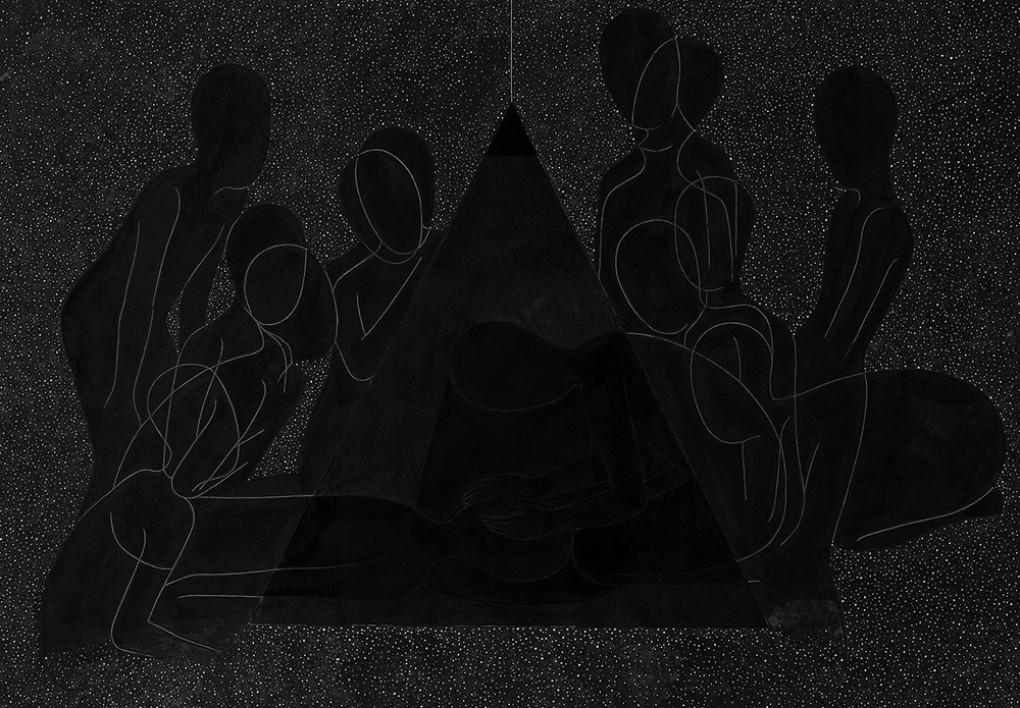What does it mean to visualize culture? If information flows through people, how is this animated across time and space? To what extent does information flow enhance or diminish the “identifiable” cultural matrix?
“Charting Culture” is a video based on a paper by Maximilian Schich, an art historian at the University of Texas at Dallas. Essentially, the visualization charts migratory patterns of historically-prominent individuals, data of which was gathered from Freebase, a Google-owned information repository of people, places and things. By plotting the birth and death locations of 120,000 individuals important enough to have their births and deaths recorded, “Charting Culture” illustrates the ebb and flow of culture as embodied in the data patterns of a few significant humans from 600 BCE to 2012 CE.
The accessibility of this visualization is what, in my opinion, makes this video so enjoyable. And yet as I watched “Charting Culture” I couldn’t help but feel Walter Benjamin rolling over in his grave, an index finger in air, chiming in with the all-too-familiar, something-is-not-right axiom about historiography:
“There is no document of civilization which is not at the same time a document of barbarism. And just as such a document is not free of barbarism, barbarism taints also the manner in which it was transmitted from one owner to another.” (Walter Benjamin, Theses on the Philosophy of History, 256)
The problem with this video is that it fails to be open about the parameters of its data. Claiming to represent “humanity’s cultural history” is a textbook Eurocentric claim, ignoring other fundamental data, such as, for example, inner migratory patterns of cultural figures not recorded by European courts. And this is, of course, only one such example. The data, albeit pretty, is a redemptive story.
The visualization, however, is a damn cool melange of art and statistics. It stands as a fine example of what one can do with a question, a penchant for data mapping, and the desire to illustrate by example.
